Well as you can see from the date, I seem to have successfully gotten myself onto "Nica Time", and the whole once a week blog thing is officially history. I can't even claim travel as an excuse as we've pretty much been here…just a combination of Spanish classes, ill-timed power outages, and the ubiquitous "mañana syndrome" which pervades all aspects of life down here. An example: I mentioned in the last blog that we'd met our window makers, and that we could expect them to have everything ready to install in one month. Well the month is up this Saturday, but we've just been informed that, ahem, they've had some trouble getting the wood, and that it might be just that wee bit longer. How much longer? Well that would of course depend on them actually locating some wood, smuggling it to their shop, drying it out, and then starting the work. Why, you might be asking, would they have taken on the job, and 30% payment up front, if they didn't have the materials at hand? Good question, and from a Nica perspective, easy to answer: they needed the $ to buy the wood, and they were certain they had a reliable source to get it for them. It seems this wood, this "cedra", is very tightly controlled by the government. It is a highly-prized resource, and in addition to not wanting it over-harvested, they want to be sure of their substantial cut. Fair enough, but all it means is that a thriving black market has sprung up resulting in small trucks loaded with wood zipping about the country under the cover of night, but only when the moon is waning—or is it waxing?—because they will only harvest the trees during those few days of the month. So when will we have our windows and door? I'll keep you posted.
Pat did manage a little jaunt last weekend. He went with Edwin up to Masaya, about 50 minutes north, to help with a job for Edwin's cousin Mario. Mario runs a guaron bottling plant. Guaron, as I've mentioned before, is the very inexpensive local version of moonshine. Like rum, it’s derived from sugar cane, but there's not much of a process involved in making it, nor much time or skill. Until recently, anyone with a steel drum and some sugar cane could whip up a batch and sell it in 6oz plastic baggies for around forty cents a go. But then last year over 50 people died after drinking a homemade brew that turned out to be ethanol, and the government cracked down. Now, there are only two companies allowed to make it, and the bottling factories must be licensed and bonded. The guaron is sold in various quantities, from half-pints up to half gallons, in plastic bottles with colorful labels, and the price runs from .50-$4.00. Edwin had been called upon to weld up and install a new set of gates at the entry of the small bottling plant. Pat was fascinated by the process of bottling. It was entirely a family and friend affair, with Mario's mother and cousins handling most of the work. There were half a dozen taps coming out from one wall, each with a woman seated directly in front filling bottle after bottle. They were then placed into racks, capped by hand, then carried over to two more women who stuck on the labels. Young men packed them into boxes and loaded them onto small flatbeds, and when a truck was full, off they'd go to deliver the goods all over the Masaya-Managua area. Pat and Edwin got to go on one run, which Pat said made him feel like a rum-runner during Prohibition, slithering down dark back streets, knocking on shadowy doorways, exchanging cartons for cash, then on to the next. Of course it's all completely legal, which made it even more surreal.
On Friday night they went into Managua to stay at Edwin's oldest brother, Reinaldo's, house. After dinner they hit the town, Pat, Edwin, Reinaldo, Reinaldo's wife, and their two kids, 12 and 15. First they went to a Jamaican-themed place, which Pat said had great music but was totally dead other than a couple of desultory Gringos eying up the waitresses. After some discussion, they moved on to what they felt would be a more authentic Nicaraguan experience, and went to what Pat referred to as the Mariachi Barn. Basically, a huge open space ringed by tables and mini-bars, filled with roving bands of Mariachi musicians. But what made it interesting rather than horrifying was that every band was unique. From their outfits to their instruments, number of band members, and style of music, as each group wandered by, no two were alike. Pat's favorite included a tenor sax and bordered on the blues. Glitzy sombreros were conspicuously absent. We're planning a Managua-exploration trip soon, so perhaps I'll get a chance to experience all this firsthand—camera included.
After several weeks of listening repeatedly to the same CD being played loudly from the neighbor's stereo, I realized I was addicted to it and finally went over to ask them about the group. Although we'd been greeting each other since our arrival, this was the first overtly personal contact we'd had, so the idea of the Gringa across the street showing up on the doorstep and asking them about the music took them aback somewhat, but they rallied quickly and invited me in. Theirs is one of the simpler places on the block, made of cement block but with a dirt floor, one main room, a small side room, outdoor kitchen, outhouse, "shower" (four wooden poles wrapped by heavy black plastic to create a stall, and a five gallon bucket), and laundry. Nevertheless, the entire corner of the main room was taken up by a substantial sound system and 26" television. Priorities I guess. They showed me the CD case, and told me I could find it in the mercado in Rivas. The band is called Aventura, and I think they are either Mexican or Chicano. If I can, I'll put a link in here.
A few days back we staged the first Tolasmaida Beach Jumping competition. Pat's boys and Sofia, young Edwin's little sister, were playing around on the beach after work one day so Pat asked them who could jump the farthest. They all started flinging themselves about randomly, sand flying everywhere. Pat created an official long jump site, which brought some order to the proceedings, and it was eventually determined that Yovanni was the reigning leaper. We then moved on to the high jump, starting with Pat and me each holding up the end of a stick, but after a while, Edwin2 (as he will henceforth be called to avoid confusion) and Donald built a freestanding model from some slim but sturdy branches. Since Pat lent them his Leatherman, they had to cut many, many branches before they had the right three necessary, at which point Sofia got involved, figuring out the correct distance between poles and how best to keep them upright. All in all, an impressive bit of beach engineering. For the next half hour or so they threw themselves over the ever higher bar with abandon, but were very unhappy that on this day of all days, I'd forgotten the camera. We told them that today was practice, and the next day there'd be actual prizes as well as pictures. (We'd noticed that their beach soccer ball spent most of its time partially deflated due to a small leak, so a new one was first prize, figuring, correctly, they'd all use it anyway.) It was a lot of fun, and we were awed by their concentration and effort.
Now Pat and Edwin are creating what will surely be the most beautiful and original "verjas", metal bars, ever seen by man. Based on a sketch of mine depicting the sea, they are bringing steel bars and steel plate to life. I promise pictures in the next blog. Until then, chau.
Subscribe to:
Post Comments (Atom)


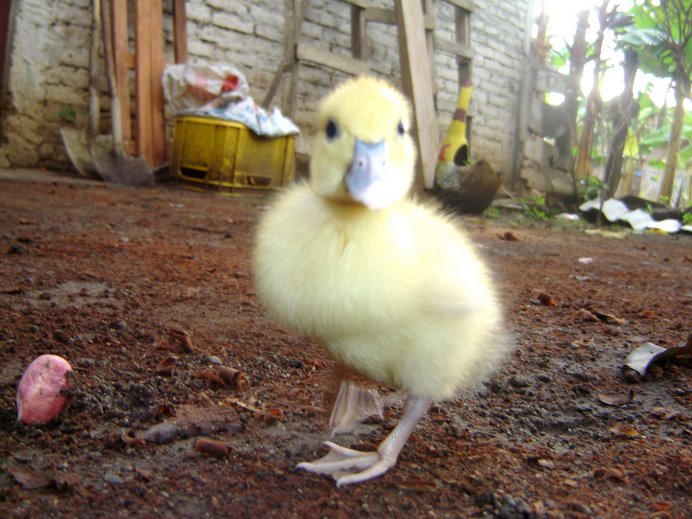
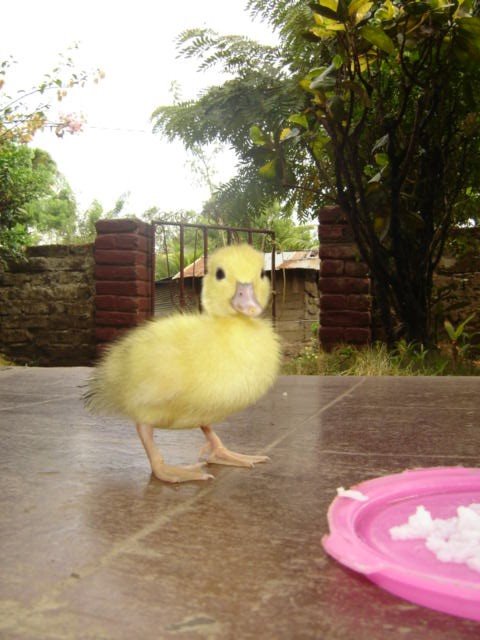
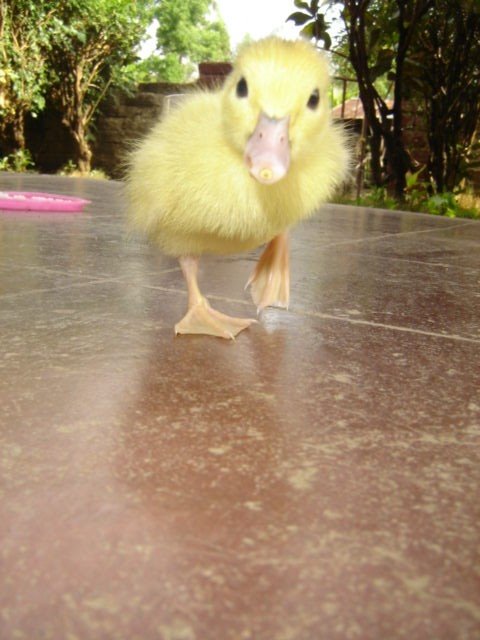
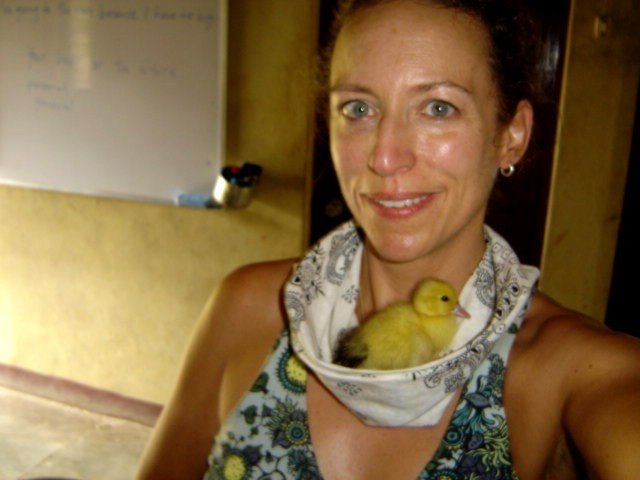
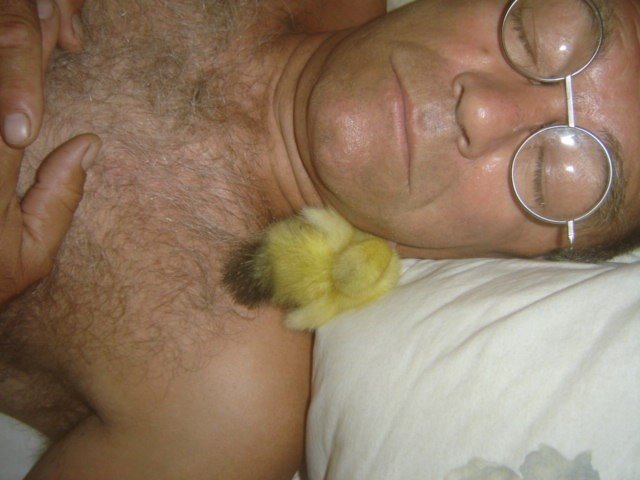
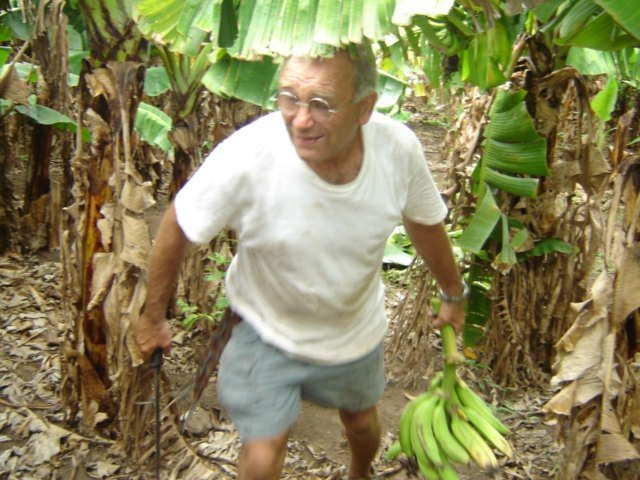
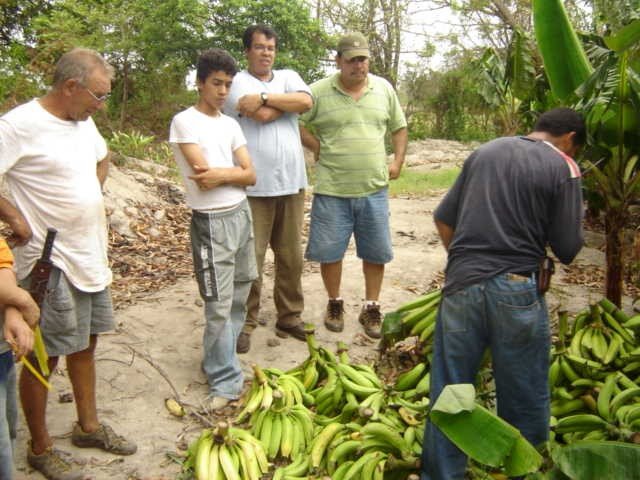
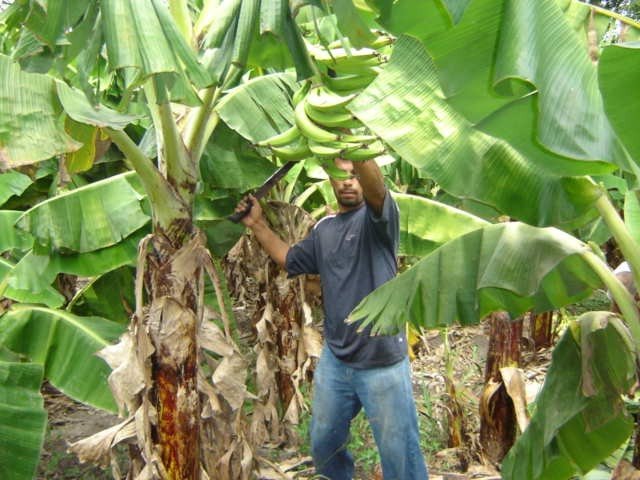
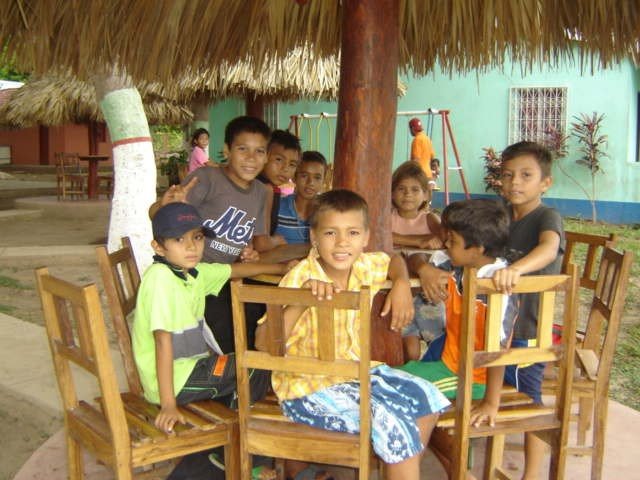

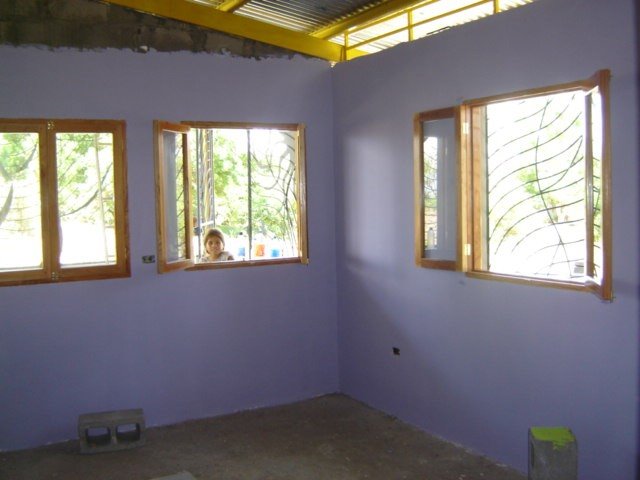
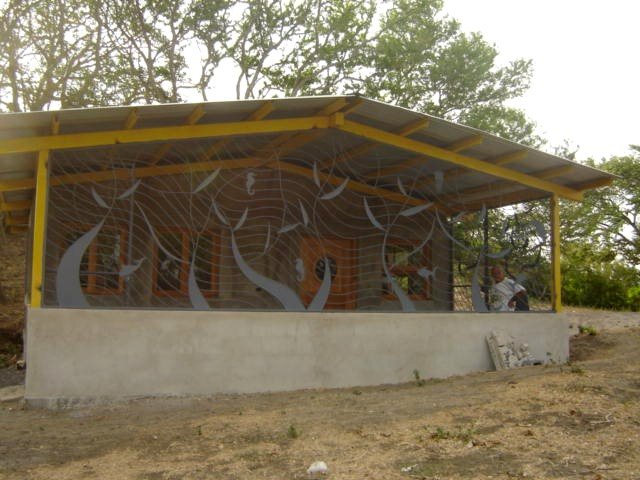
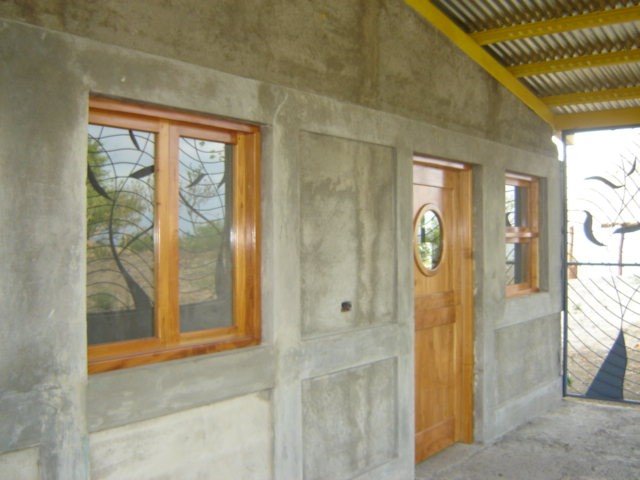
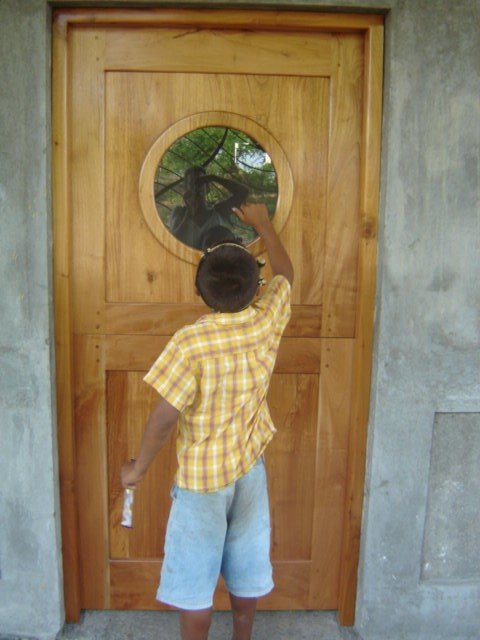
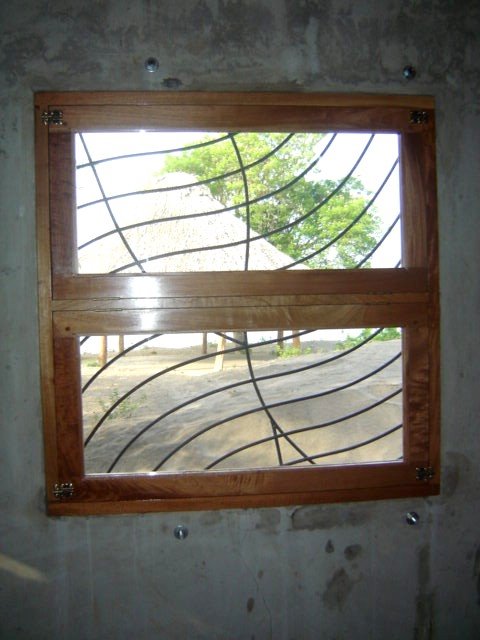
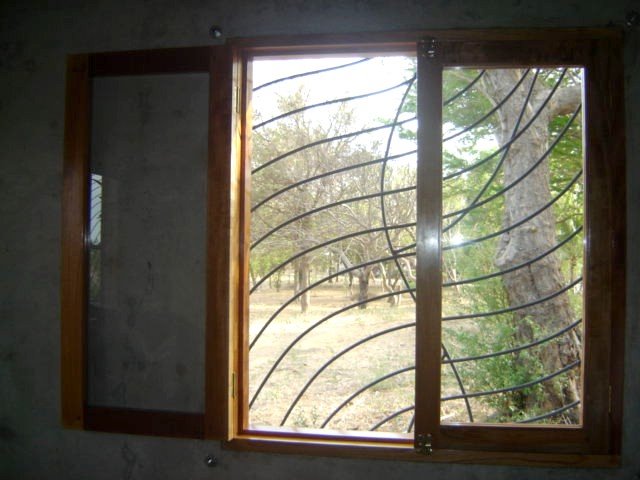
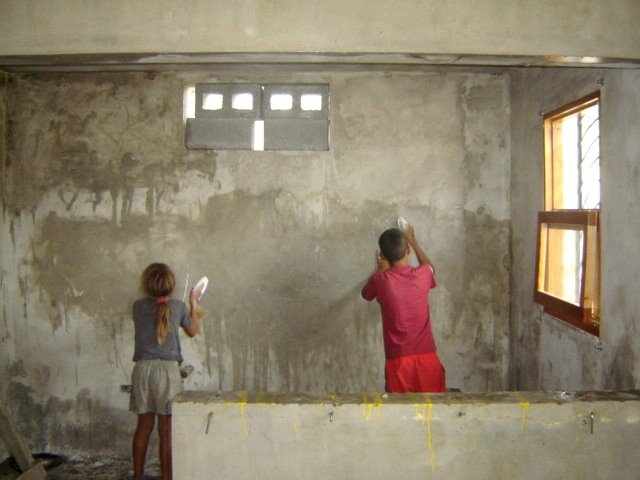

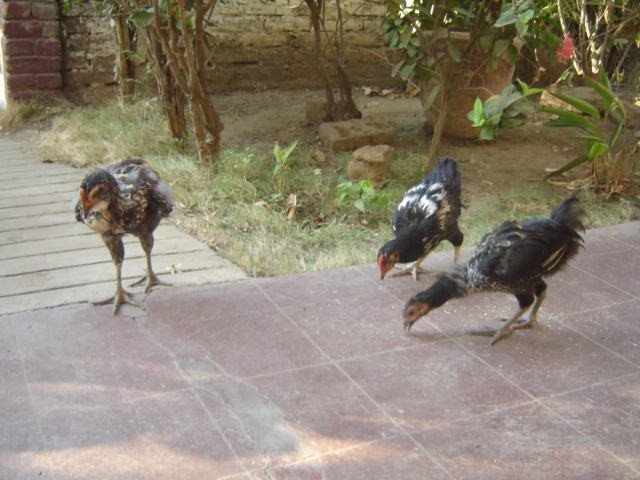
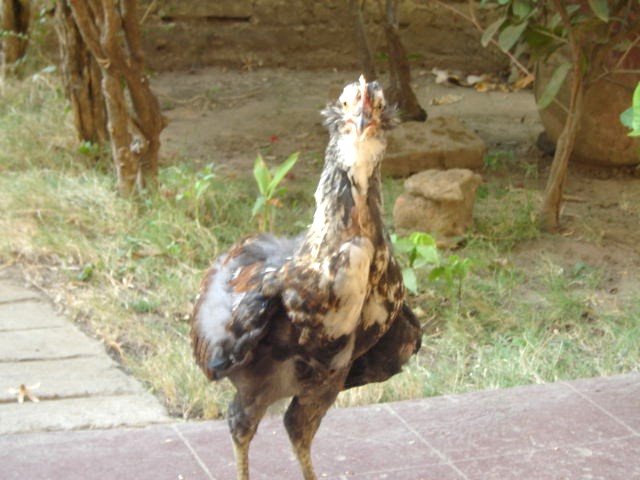
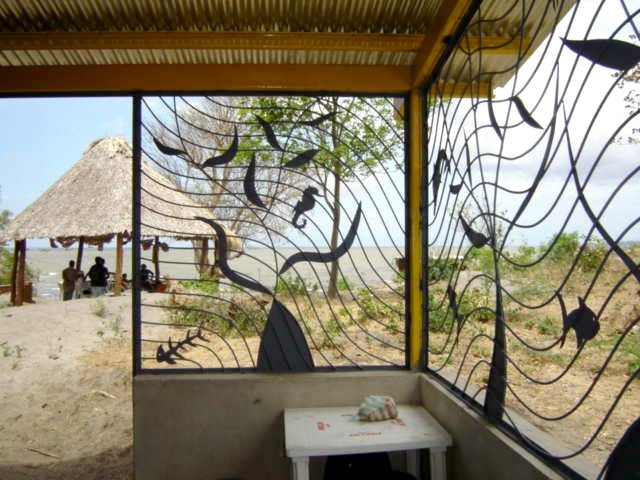
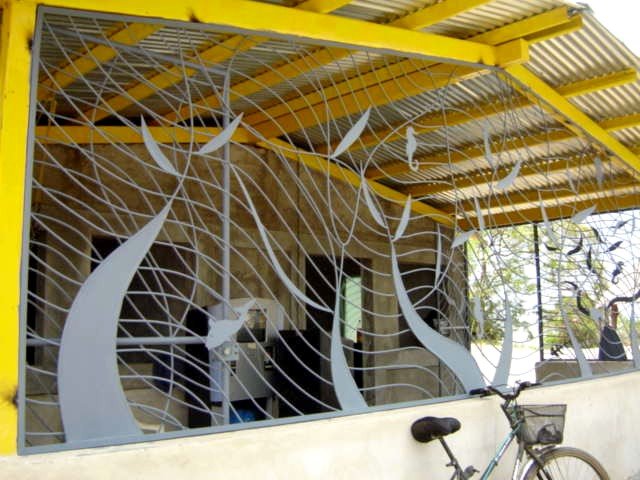
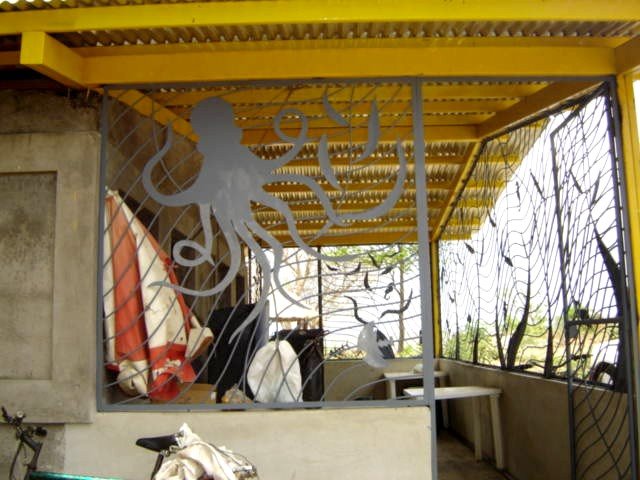
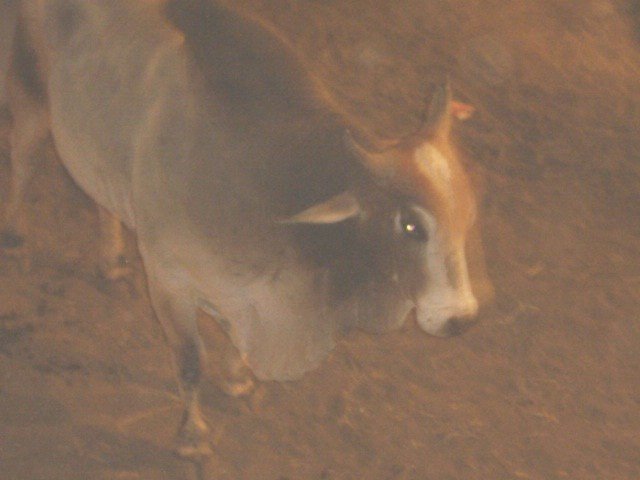
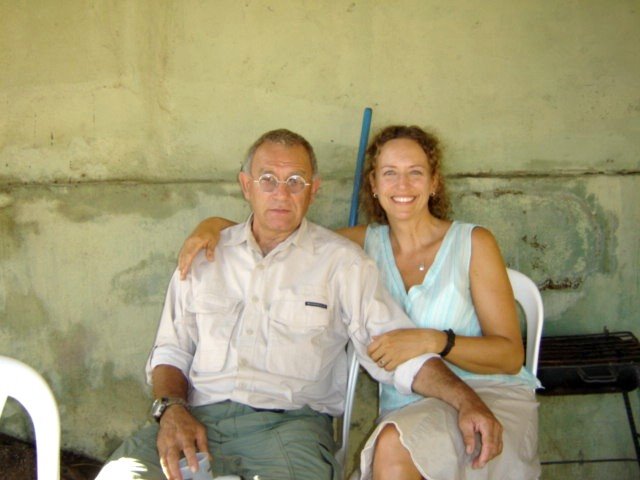
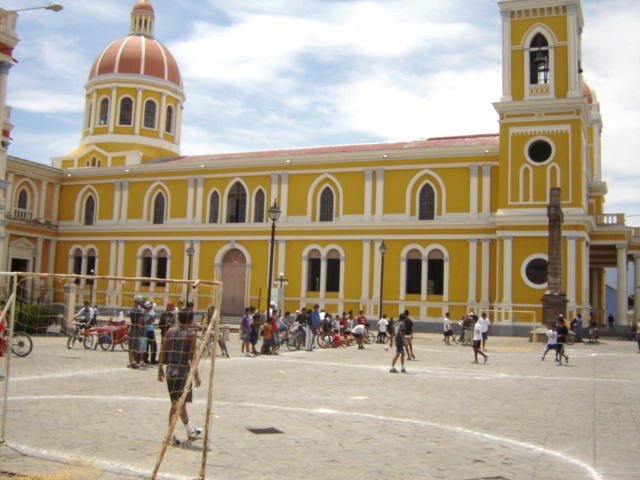
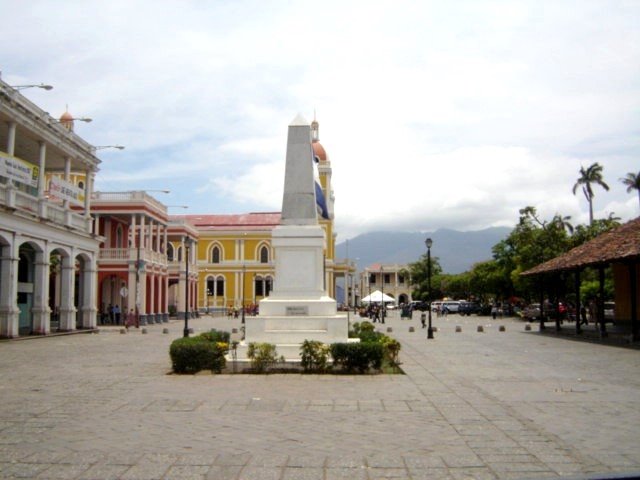
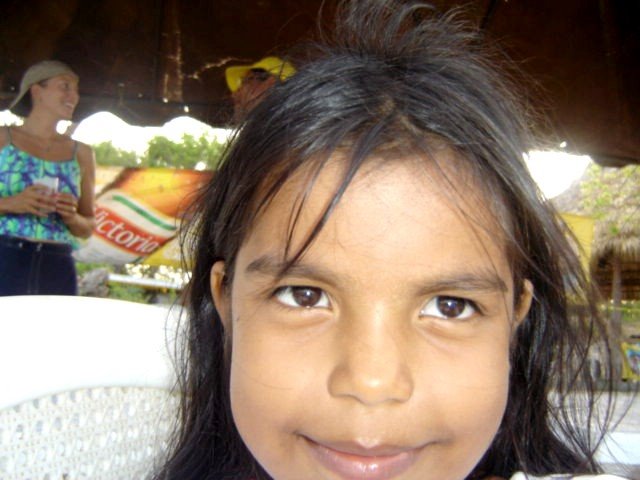
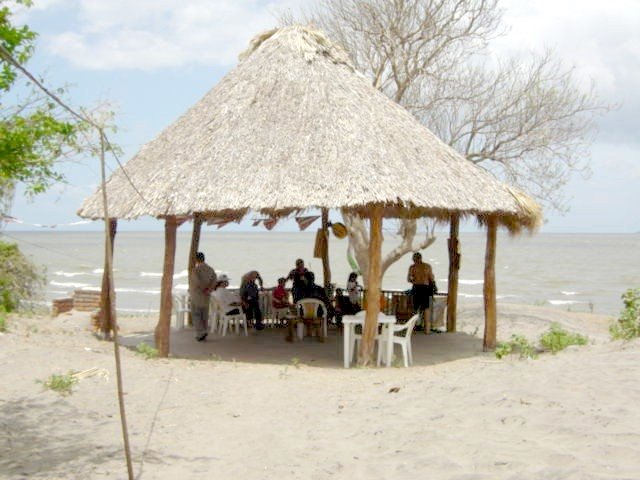
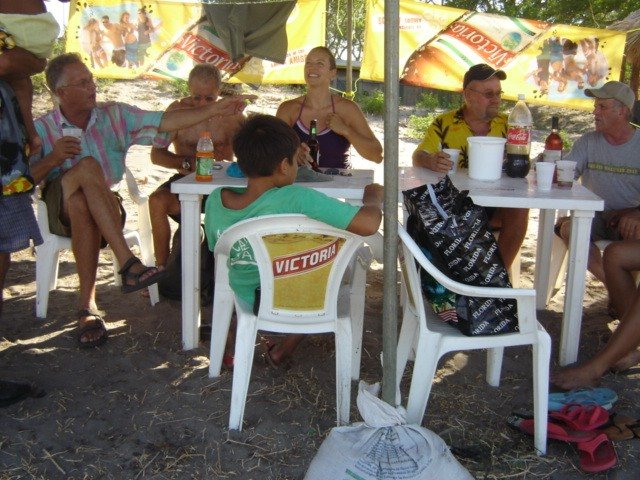
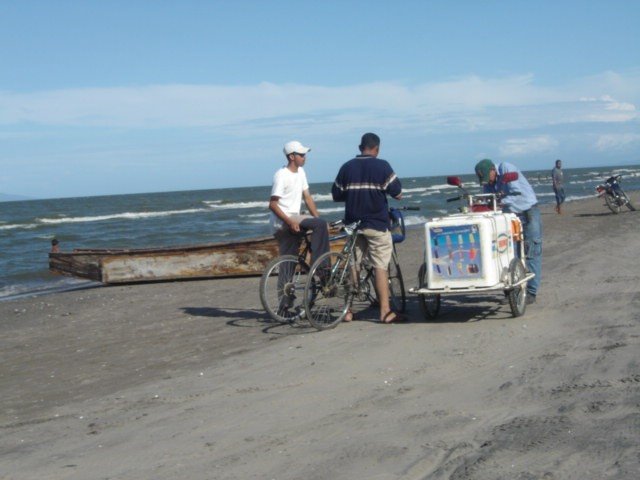
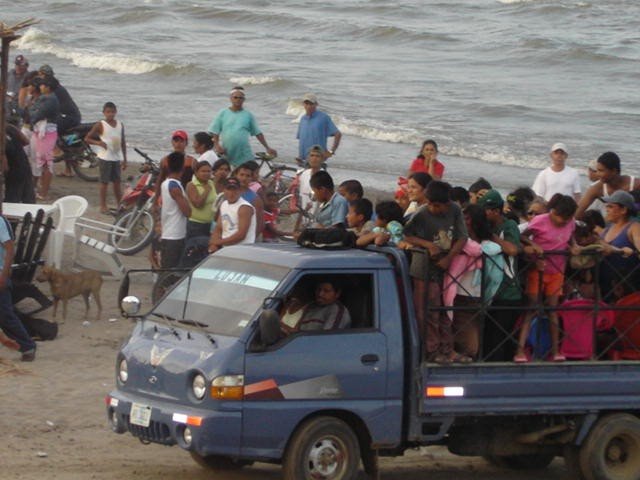

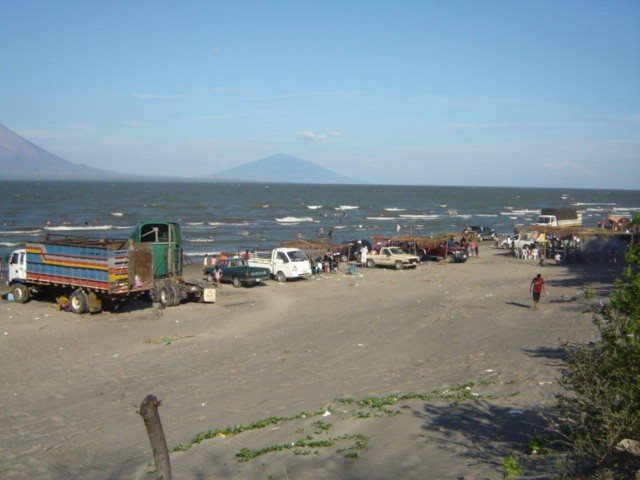
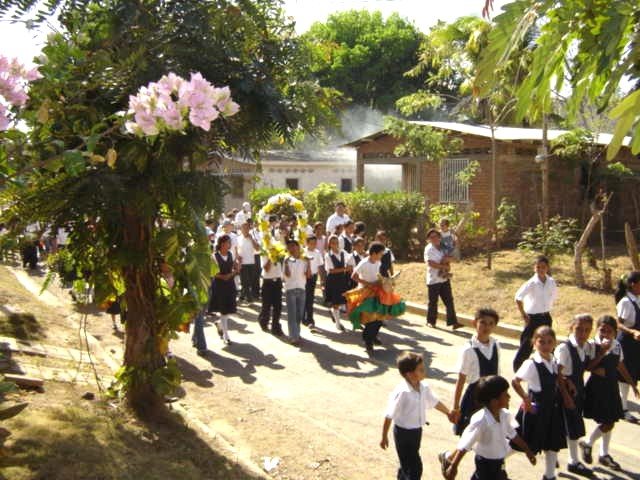
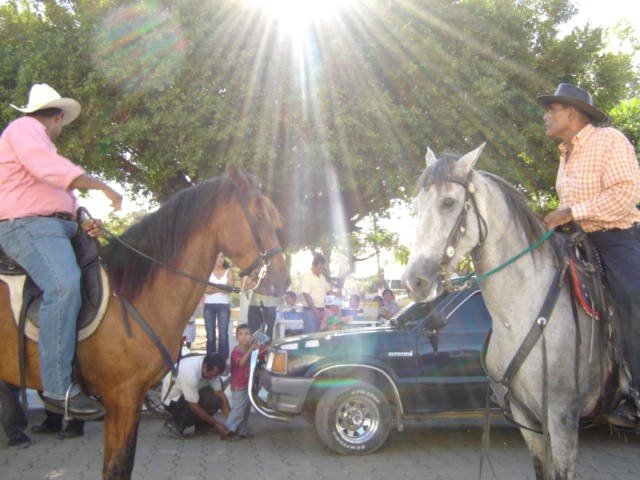



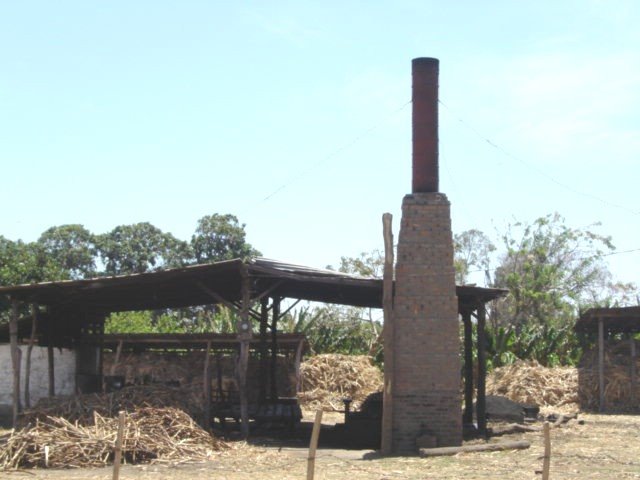
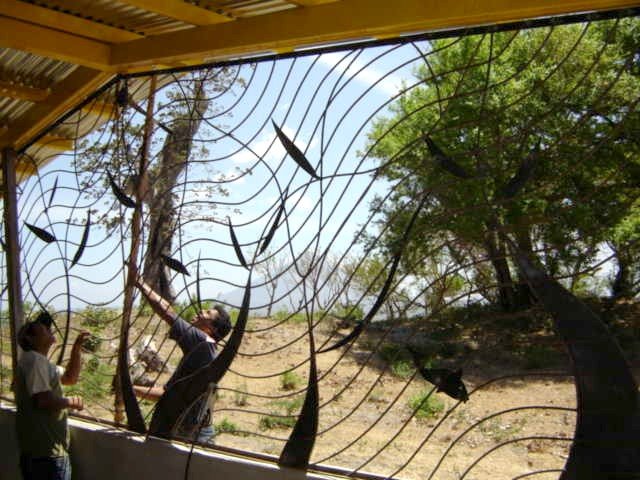

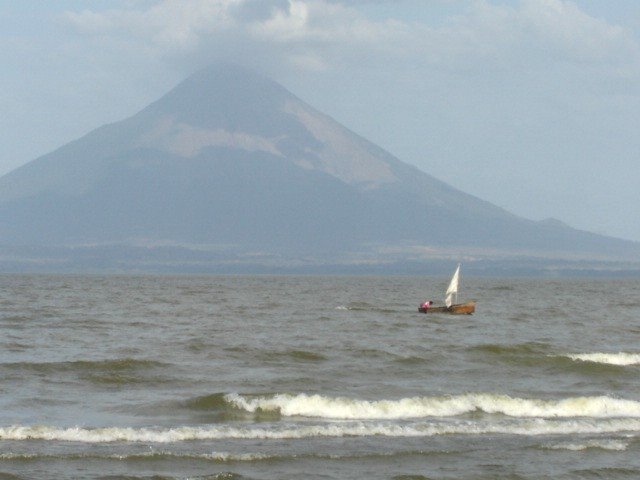
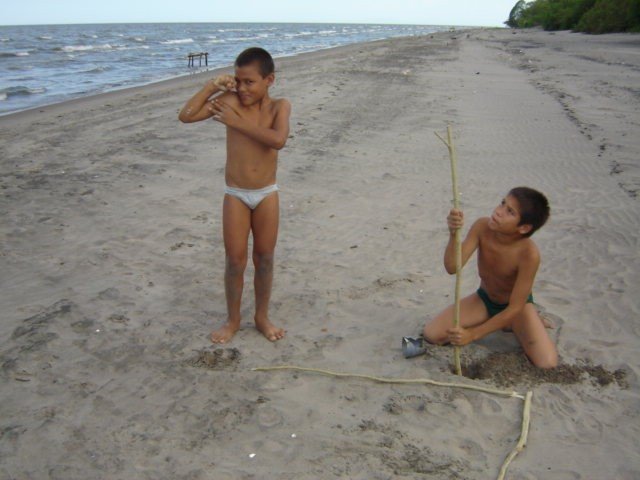
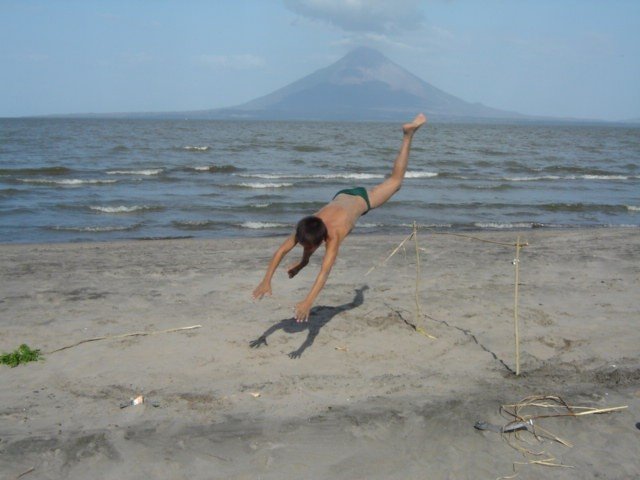

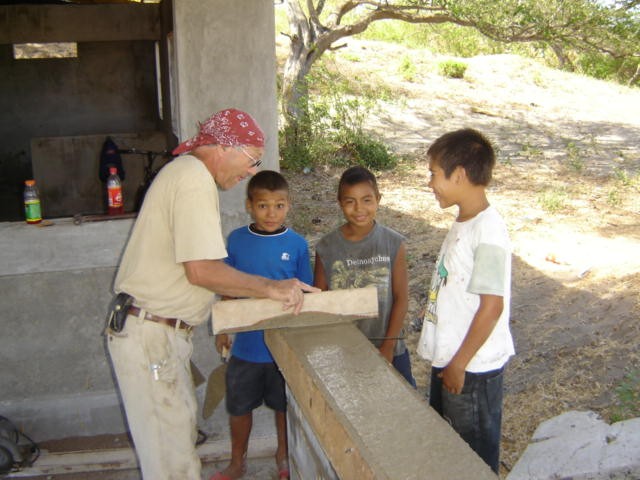
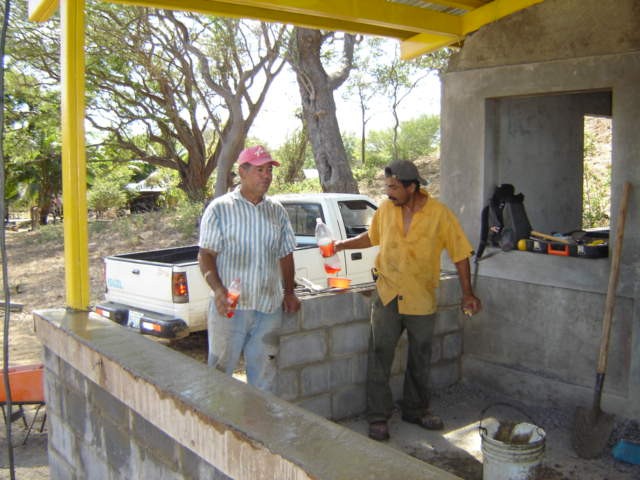
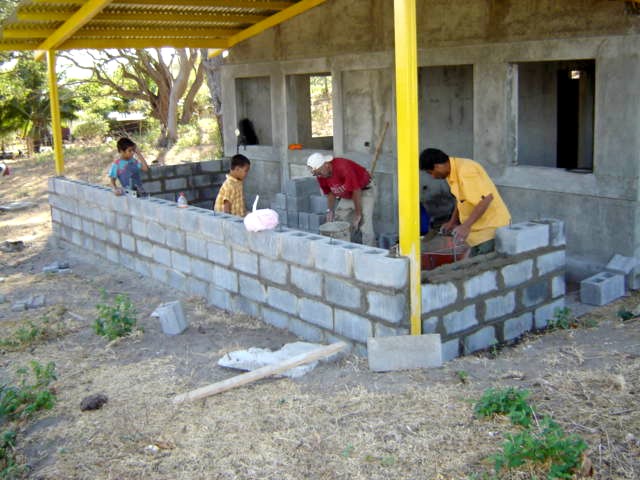

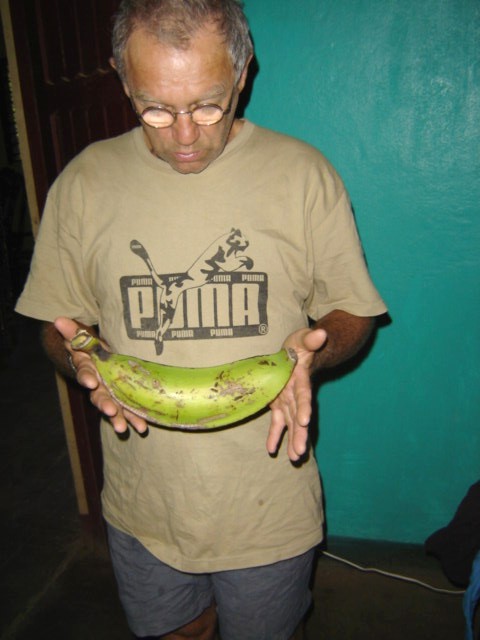

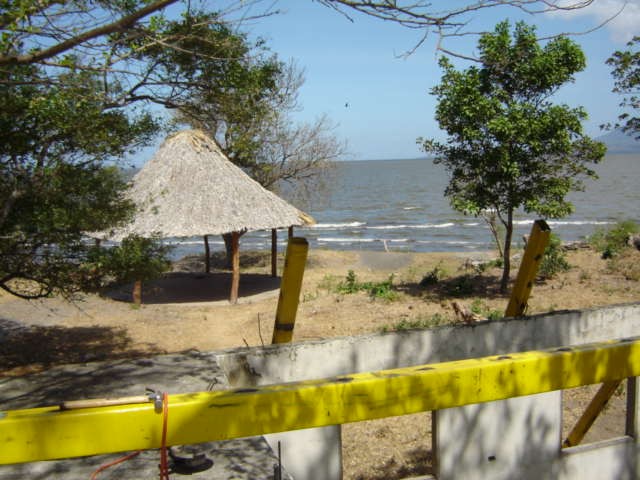
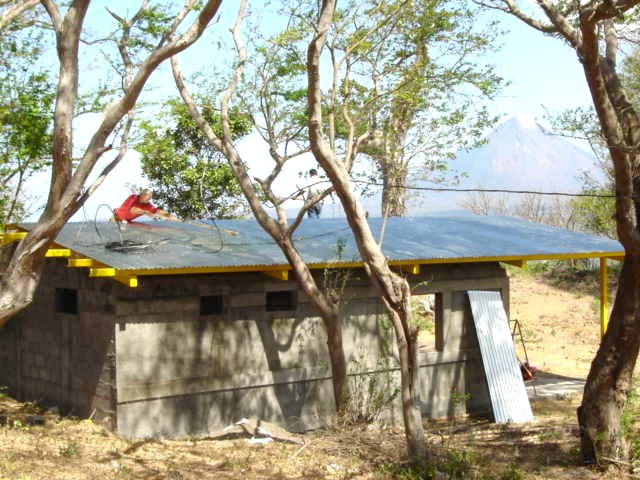
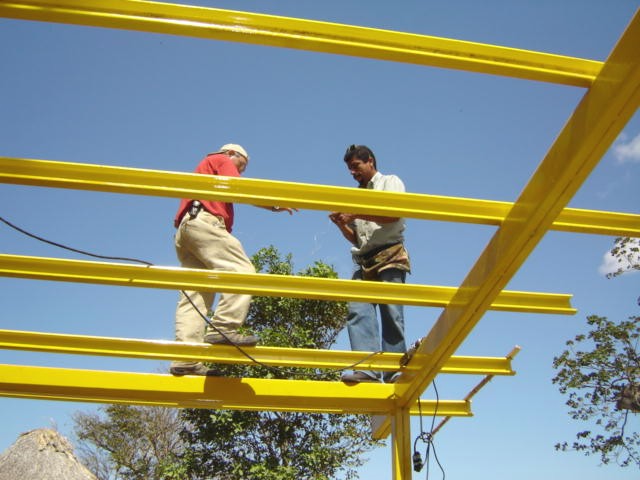



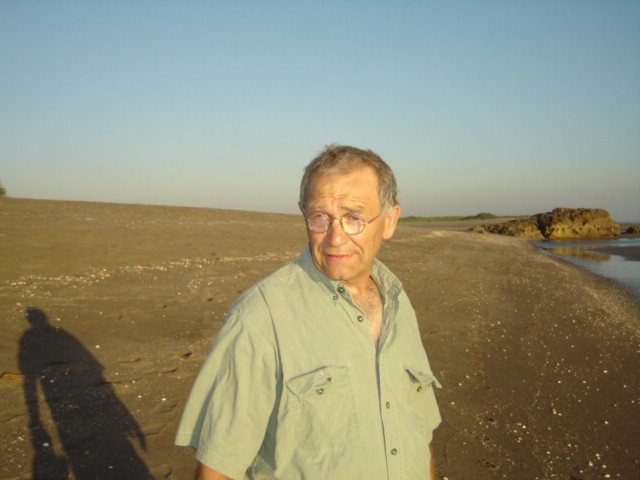

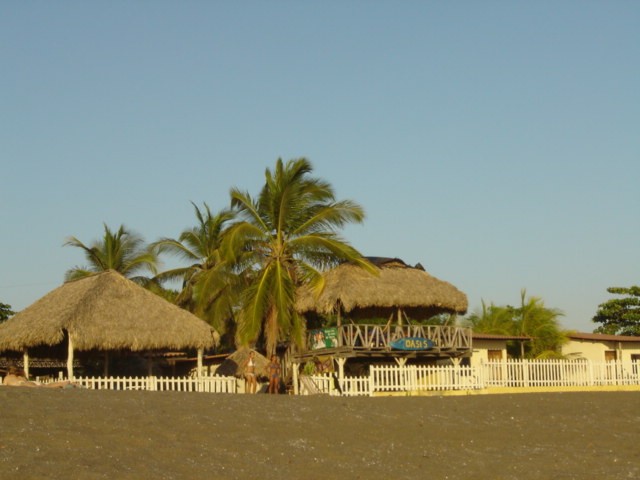
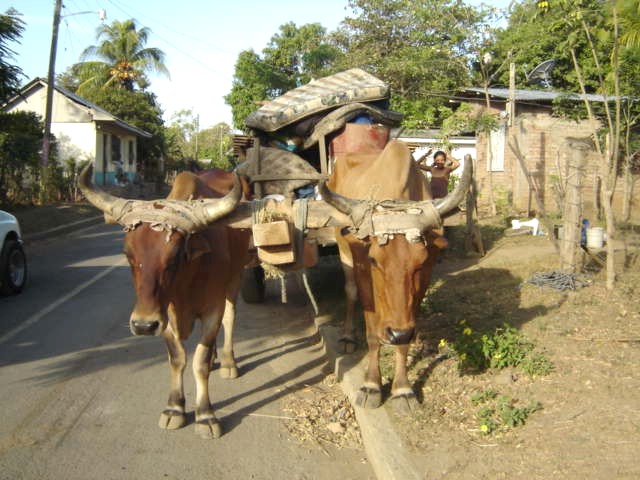

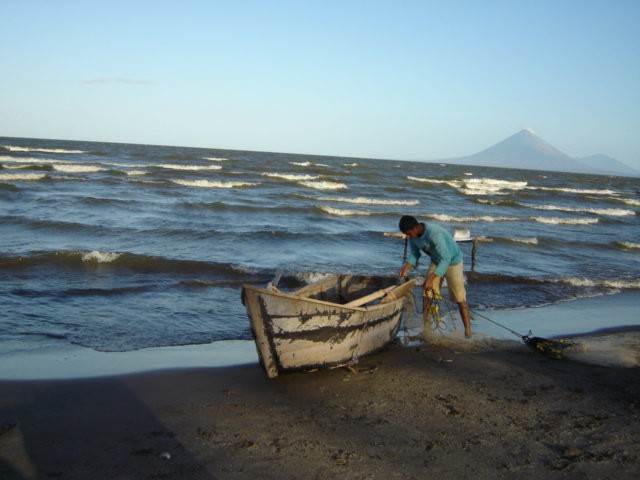
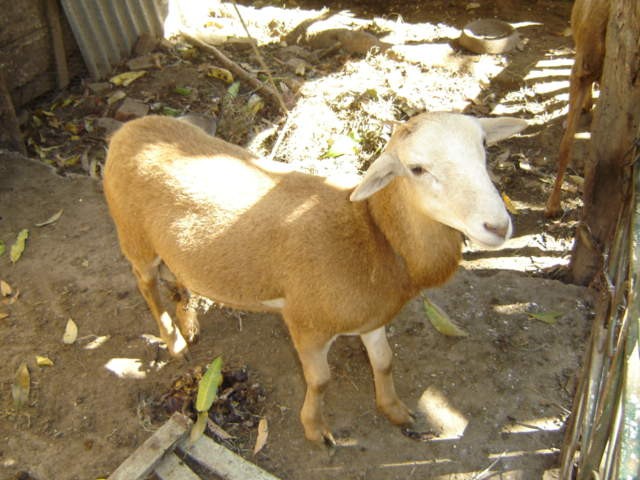

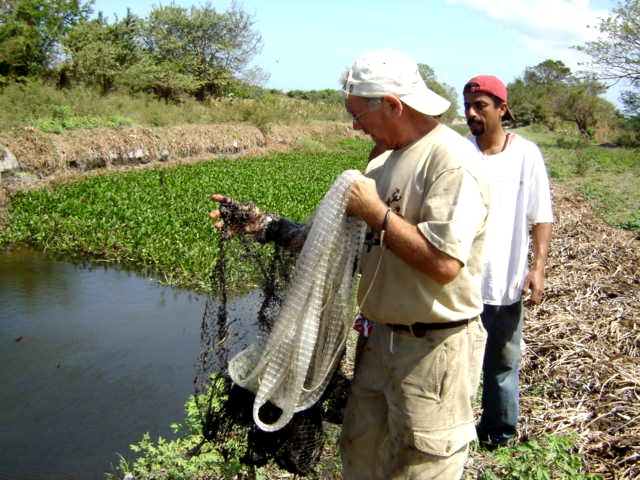

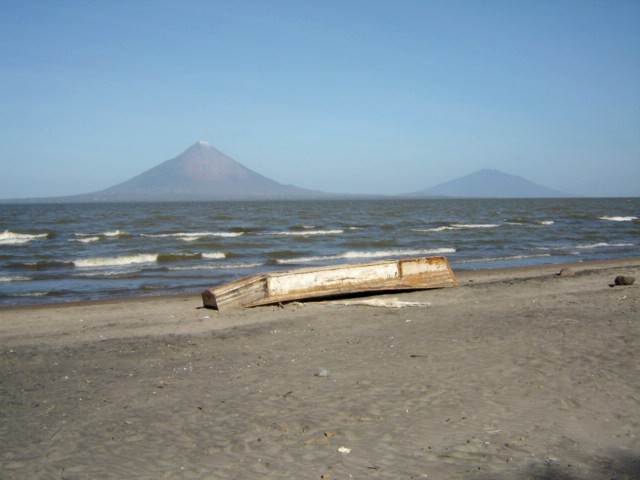
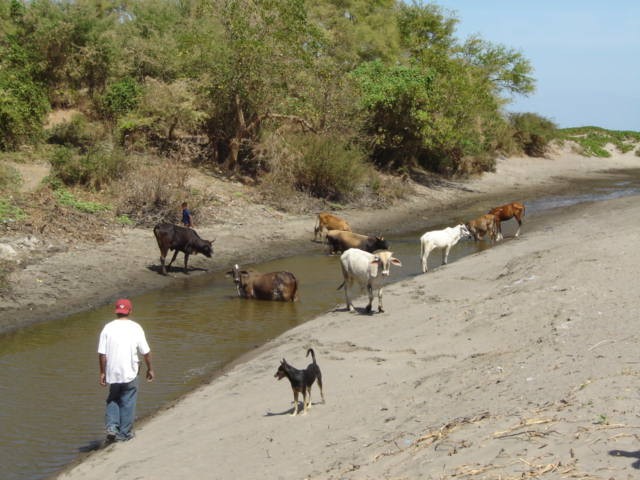
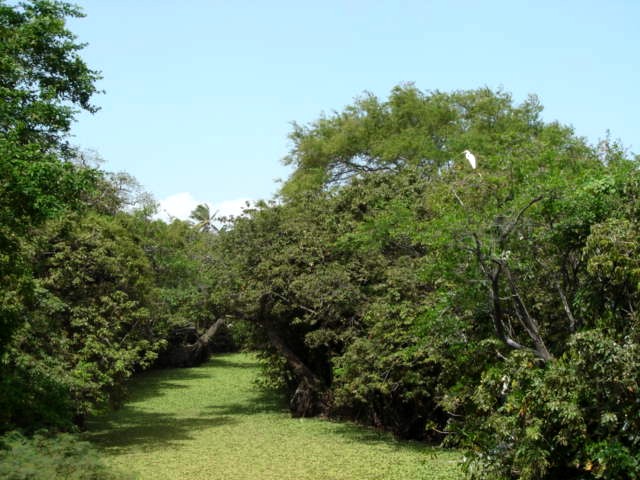
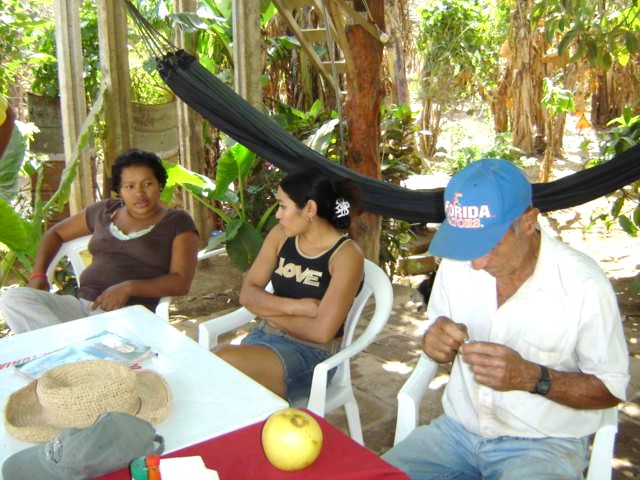
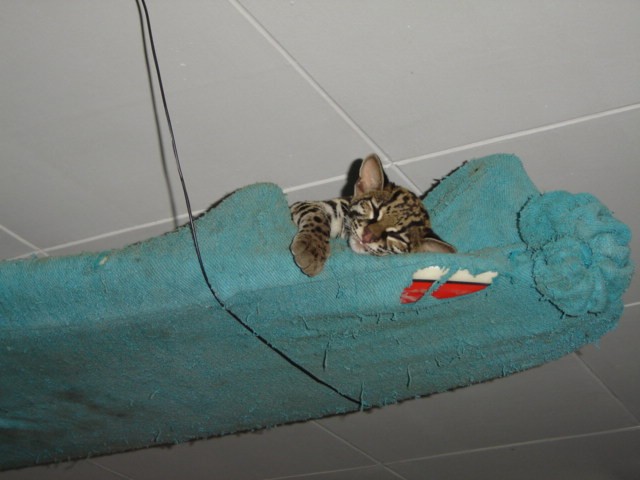
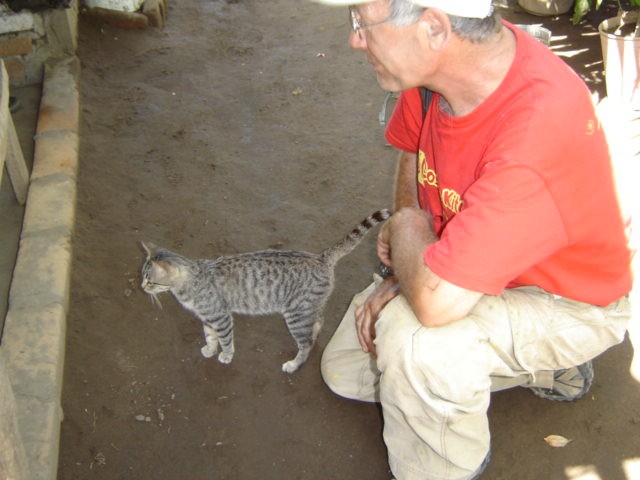


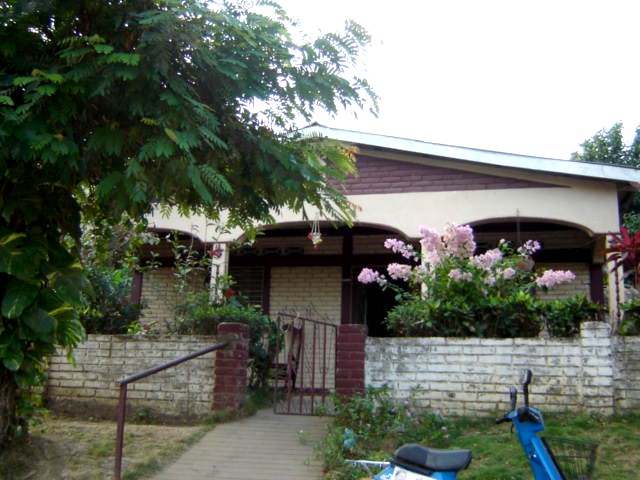
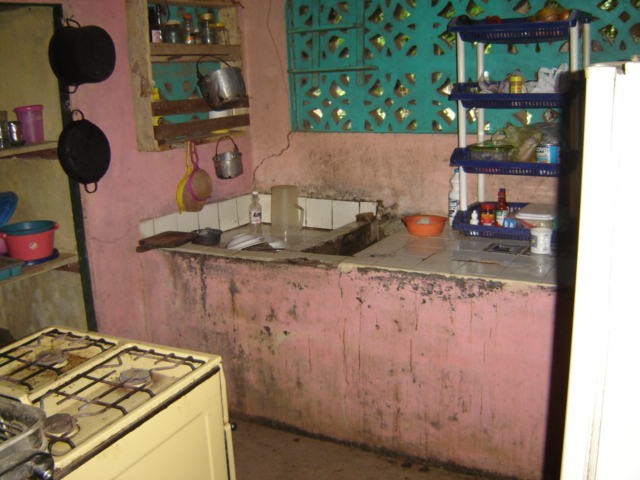



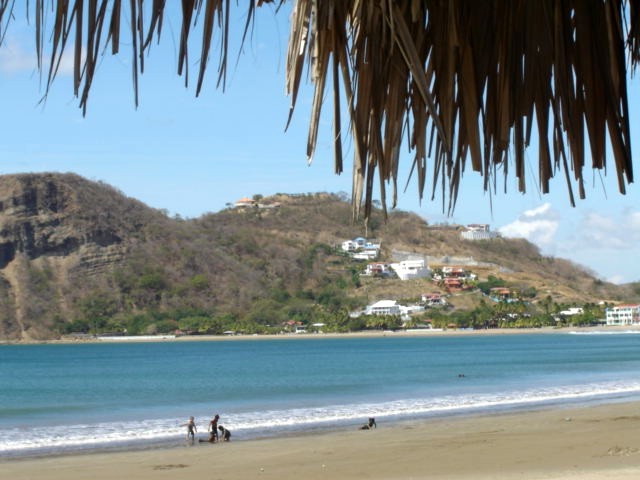
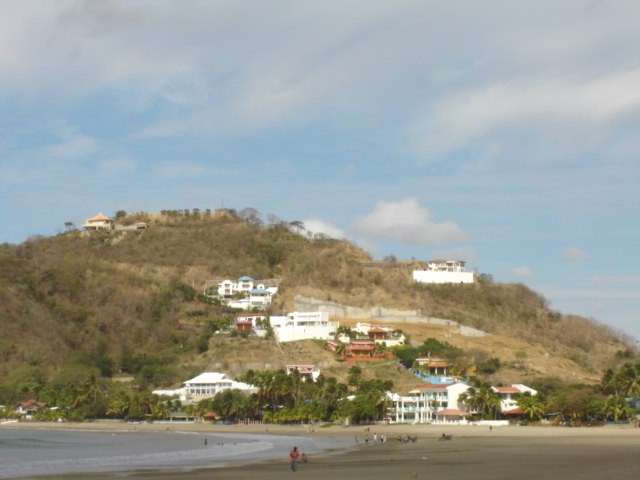
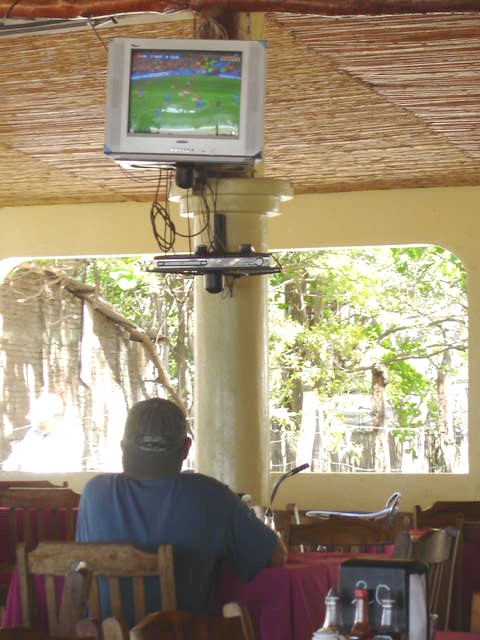
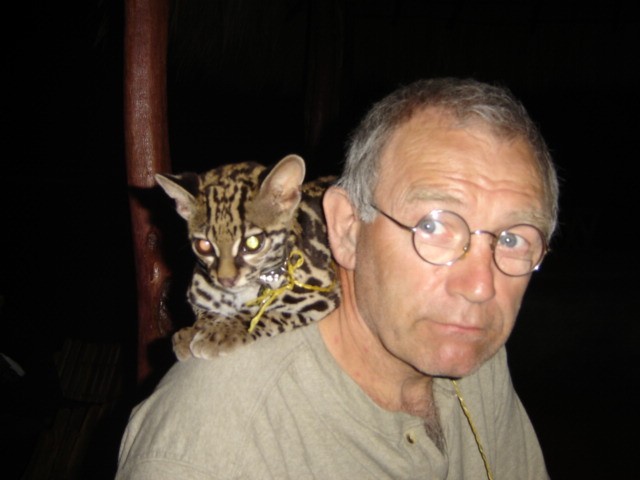
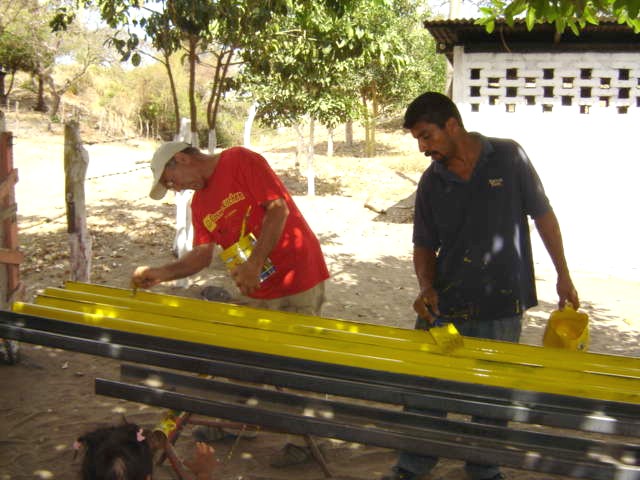
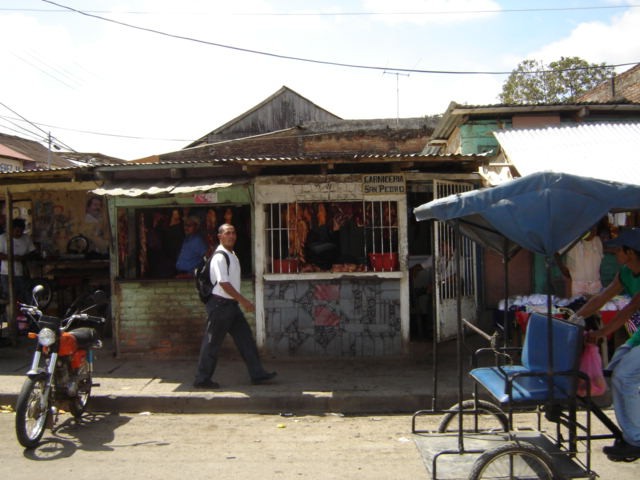



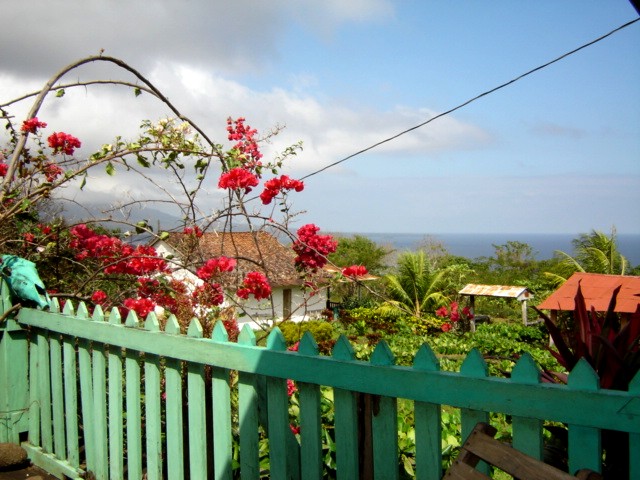
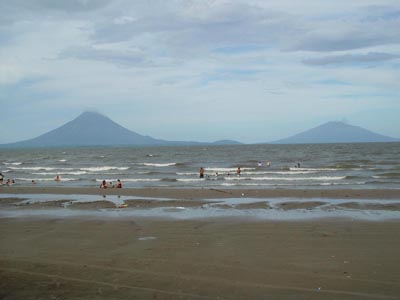

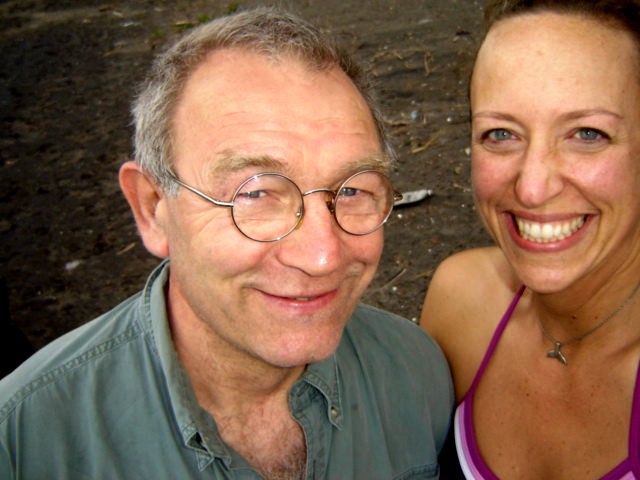
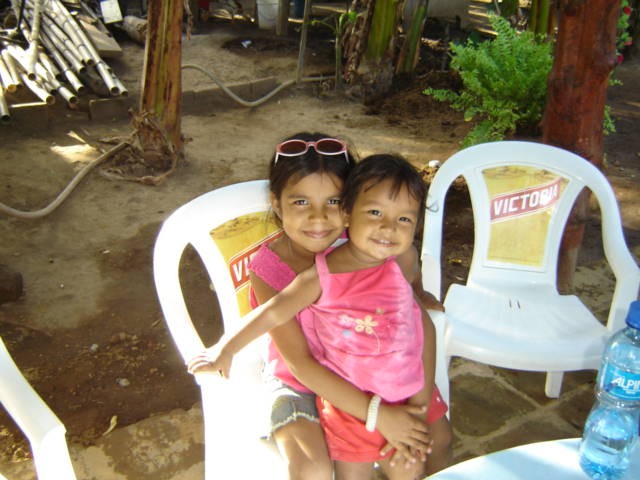

No comments:
Post a Comment